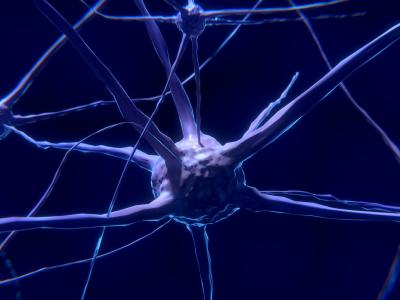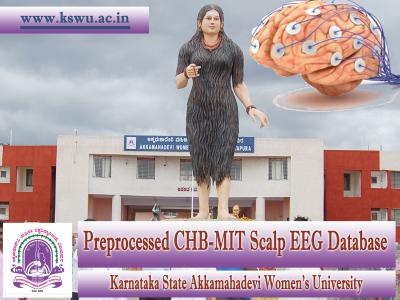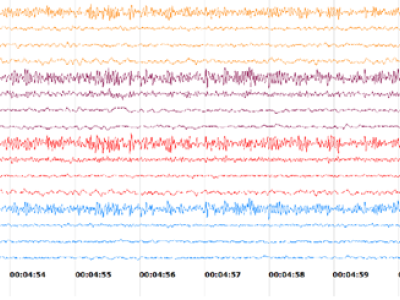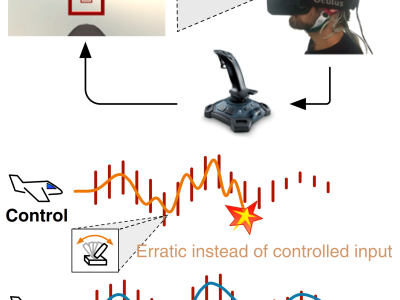Linear Regression Model

- Citation Author(s):
-
Erin Sprouse
- Submitted by:
- Erin Sprouse
- Last updated:
- DOI:
- 10.21227/zymm-z428
- Data Format:
 41 views
41 views
- Categories:
- Keywords:
Abstract
Transcranial Magnetic Stimulation (TMS) is a neuromodulation procedure used to treat psychiatric and neurological disorders. When electroencephalography (EEG), a neuroimaging technique, is applied in conjunction with TMS, the analysis of resting-state EEG activity can be used to quantify functional connectivity (FC) in the brain. These modulations can then be related to a subject’s resting motor threshold (RMT), a baseline parameter in TMS therapy that determines the treatment intensity (dose) of subjects undergoing TMS. Due to the highly variable nature of RMT, previous work has attempted to predict individual values by examining specific EEG nodes suspected to relate to motor activity, and their calculated average FC values in relation to all other nodes. We continue this with an investigation of the relationship of the FC values of a larger set of EEG scalp electrodes to RMT values collected from experimental participants. Through the global and pairwise FC analysis of these nodes, it is shown that the pairwise FC of the scalp electrodes CP2 and P8 in the delta powerband is the strongest predictor of RMT. This could have clinical implications for TMS therapy by providing an accessible way to determine the optimal dosing parameters for treatment.
Instructions:
Linear regression model estimates, r-squared values, and p-values for EEG nodes and node pairs of the right hemisphere of the brain. Analysis conducted in MATLAB and results compiled in Excel sheet.








